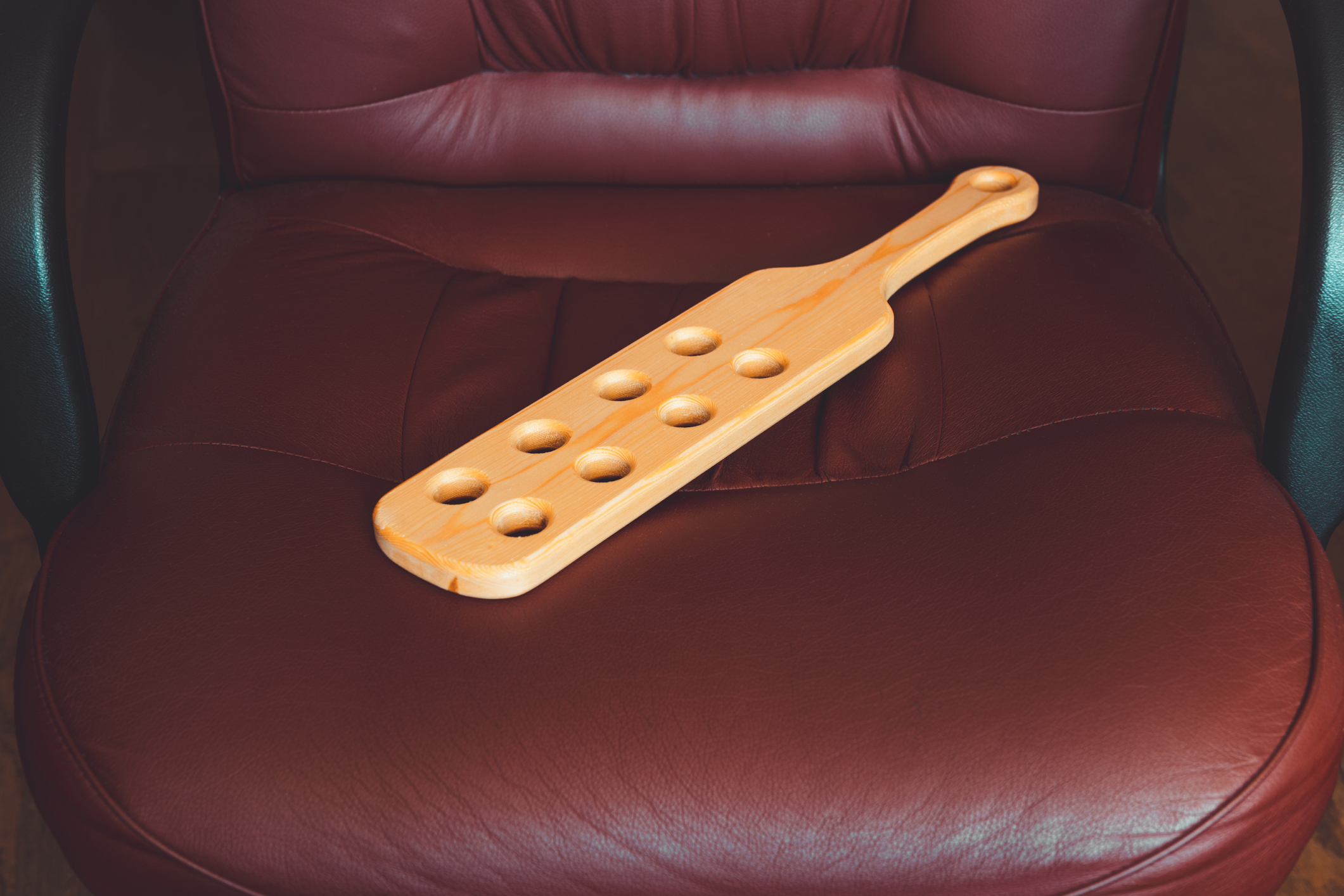Is Corporal Punishment Legal in Schools?
Does sparing the rod spoil the child?
In schools, at least, a growing consensus over the last 50 years is that it does not. Corporal punishment declined dramatically over that span, in large part due to findings that hitting or spanking students does more harm than good to their mental health. Many parents view it as a form of child abuse.
This summer, however, a school district in Missouri chose to disagree. On June 16, the school board of the Cassville R-IV School District added a new policy, “Corporal Punishment,” to its manual. Starting with the new school year, teachers may now use “physical force as a method of correcting student behavior.” It applies for elementary school and high school students.
The policy overturns a ban on corporal punishment that the board instituted in 2001, and Superintendent Merlyn Johnson claimed the change is driven in large part by parents. “Parents have said, ‘Why can’t you paddle my student?’ and we’re like, ‘We can’t paddle your student, our policy does not support that,'” he said.
Opting in, Opting Out
Obviously, not all parents want their children paddled, so the school district made corporal punishment optional for them. At the beginning of the school year, parents who favored the use of physical force on their children could opt-in by providing written consent. Those who disagreed with corporal punishment could opt out by doing nothing.
For those who opt-in, the policy states that the use of corporal punishment must be a last resort and then “only in reasonable form and upon the recommendation of the principal.” There can be “no chance of bodily injury or harm,” and striking a student on the head or face is prohibited. A witness must be present, and the principal must submit a report to the superintendent.
Cassville’s adoption of an official policy to reinstitute corporal punishment is drawing a lot of attention. But corporal punishment of students has been going on all along in 19 states, including Missouri.
Those states opted to allow corporal punishment after the U.S. Supreme Court’s 1977 ruling in Ingraham v. Wright that it was constitutional and up to the states. The 18 other states are
- Alabama
- Arizona
- Arkansas
- Colorado
- Florida
- Georgia
- Idaho
- Indiana
- Kansas
- Kentucky
- Louisiana
- Mississippi
- North Carolina
- Oklahoma
- South Carolina
- Tennessee
- Texas
- Wyoming
Wooden Paddles Are Popular
Most of these states define how far a teacher may go in handing out physical punishment. Texas, for instance, says permissible corporal punishment is “the deliberate infliction of physical pain by hitting, paddling, spanking, slapping, or any other physical force used as a means of discipline.” In other words, Texas provides ample room (“any other physical force”) for teachers to strike students.
Wooden paddles are popular tools in school districts that allow corporal punishment. Some districts even specify the size of the paddle teachers can use.
Some districts, like Cassville, require parents to opt-in. Some, however, require parents to opt out if they don’t want their children to receive a spanking. Some states, like Florida, say a teacher can strike a child no matter what the parents might want.
70,000 Students Hit in One Year
Even though 19 states allow physical discipline against students as a form of punishment, its overall use has declined. The percentage of students in the U.S. struck as punishment dropped from 4% to less than .5% between 1978 and 2015.
Still, according to the National Center for Education Statistics, more than 70,000 school students were hit or spanked during the 2017-18 school year, the last for which statistics are available.
The 19 states that allow corporal punishment in schools generally stipulate that teachers and school administrators can’t use excessive force. If you are a parent in one of those states and you believe a teacher went too far in punishing your child, you could possibly sue. However, it’s important to keep in mind that public schools generally enjoy the protection of sovereign immunity, the doctrine that limits the liability of governmental entities.
It’s also possible to file a lawsuit against the teacher, but it’s important to document any injuries with photos as soon as possible.
In any event, your first step should be to contact the school administration. If a teacher has gone too far, perhaps your complaint can rein them in.
Related Resources:
You Don’t Have To Solve This on Your Own – Get a Lawyer’s Help
Meeting with a lawyer can help you understand your options and how to best protect your rights. Visit our attorney directory to find a lawyer near you who can help.






